Green transformation welcomes green finance
According to Minister of Finance Ho Duc Phoc, Green transition and emission reduction to realize Net Zero commitment is a long road with many difficulties and challenges. And one of the biggest challenges is the problem of resources.
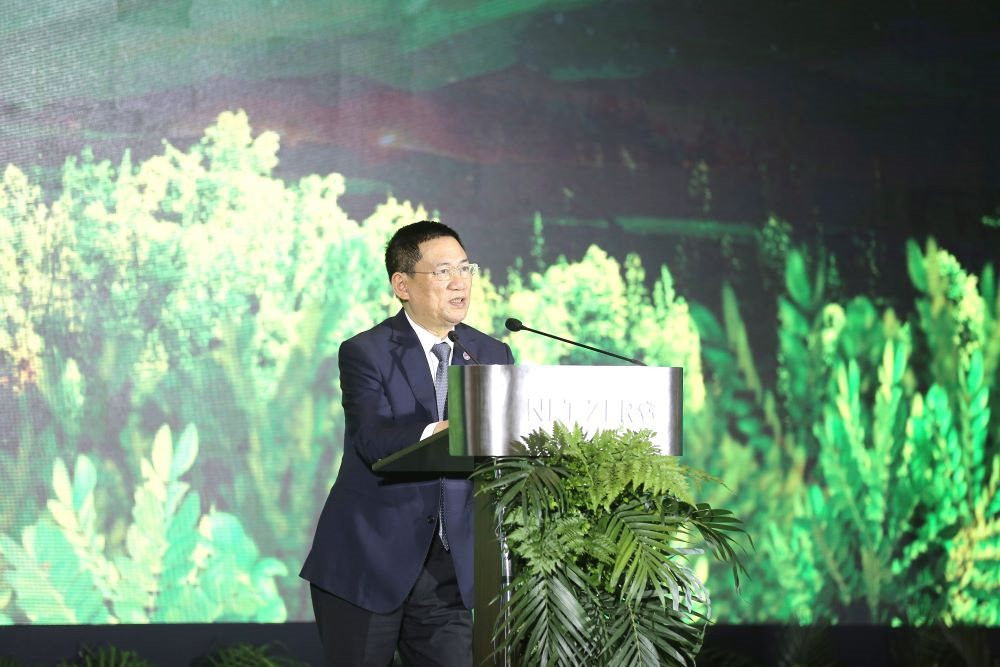
In the context of many difficulties in the State budget, the annual State budget expenditure for environmental protection has been arranged in accordance with regulations, each year is higher than the previous year in absolute terms and reaches a rate of about 1.2% of the total State budget expenditure. On average, in the past 5 years, the State budget expenditure for environmental protection has reached over 21 trillion VND per year.
Regarding investment expenditure, the budget for green growth has been integrated into investment priorities for sectors, fields, localities and target programs. The estimated investment expenditure for environmental causes in the 2021-2025 period is arranged at about VND 23.5 trillion.
The tax policy system has been oriented towards environmental protection, expressed through two groups of policies to limit environmental pollution and support and encourage environmental protection activities, reduce pollution and the impact of climate change. In addition to public resources, in recent years, Vietnam has mobilized resources from the private sector and international organizations through the formation and development of a green financial market.

International organizations assess that Vietnam has achieved a rapidly growing capital market size for sustainable development compared to the region. The total value of Vietnam's green, social and sustainable sectors reached 1.5 billion USD in 2021, nearly 5 times higher than in 2020 and maintained stable growth for three consecutive years. Vietnam is the second largest green debt issuance market in ASEAN, reaching 1 billion USD, just behind Singapore.
Mr. Hervé Conan, Director of AFD Vietnam, said that climate change depends on the level of global temperature increase and the ability of each country to reduce greenhouse gas emissions. Vietnam's commitment to net zero emissions has received support from the international community.
Vietnam's national grid planning has prioritized public investment, strengthened the power transmission network, provided alternative energy solutions, and attracted private projects in wind energy, solar energy, and alternative energy. Deputy Prime Minister Tran Hong Ha recently presented Vietnam's policies to further promote public and private investment, and signed a balanced energy transition agreement. The international community has also committed to investing 15.5 billion USD, of which France initially invested 500 million USD for EVN's projects.
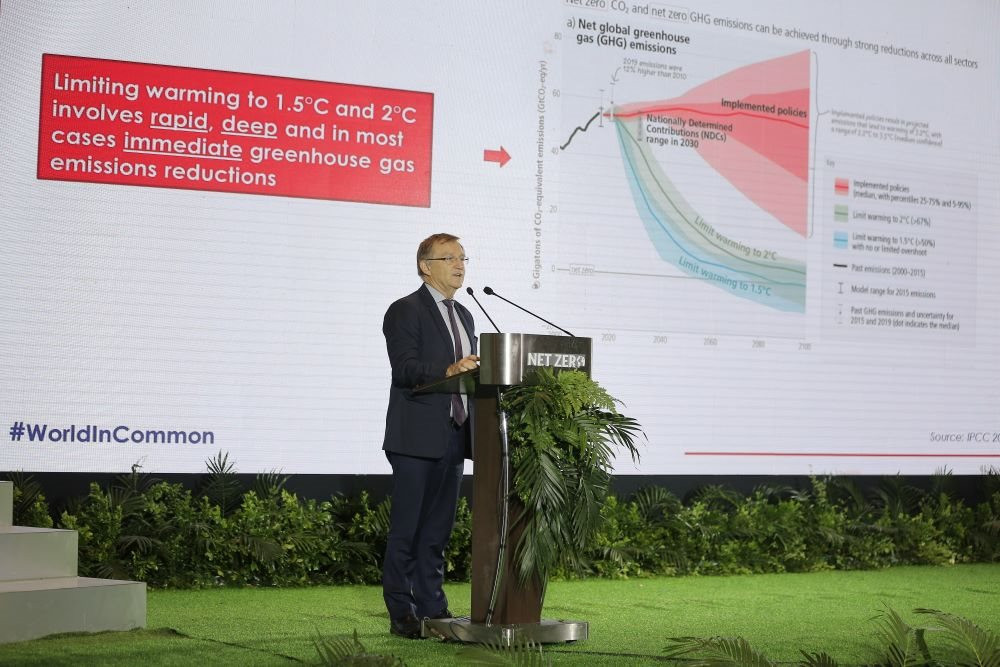
According to Mr. Hervé Conan, the emission reduction policy towards Net Zero will affect industries. Some industries will disappear and be replaced by low-emission industries with more demand in the global green supply chain. Vietnamese industries will also have to gradually adapt to trade and import-export barriers related to carbon emission reduction, such as the Transboundary Carbon Adjustment Mechanism (CBAM) or the recent regulation banning the import of deforestation-derived products into Europe. They will need economic and legal support to gradually reduce emissions in the value chain, in order to meet strict requirements on carbon footprint. The low-carbon revolution needs to be implemented urgently right now because with an economic growth rate of 6-7%, Vietnam can become one of the countries with the highest emissions in the world.
Answering the question of what are the advantages of green transition as soon as possible, Mr. Nguyen Quoc Khanh, Executive Director of Research & Development (R&D) of Vinamilk shared the company's experience in early implementation of the 1 million trees program. Vinamilk currently has 1 factory and 1 farm that have achieved carbon neutrality, about 17,500 tons of CO2/year - equivalent to 1.7 million 5-year-old trees. Each project must calculate the investment cost and the rate of return, but if the investment is made early, in the long term, the cost will be lower and the benefits will be much greater. The problem is that businesses need to be aware of that long-term profit.
According to Mr. To Viet Thang - Deputy General Director of Vietjet, if there is an early strategic orientation, the technology and solution choices will be correct from the beginning, thereby helping to save a lot during the implementation process. Besides, if the enterprise is a pioneer and implements early, it will receive support from the authorities, the Government, organizations and accompanying manufacturers.
Greening the economy
To green the economy, the Green Growth Strategy also aims to apply the circular economy model. It is expected that this December, the Ministry of Natural Resources and Environment will submit to the Prime Minister a draft decision on the circular economy action plan.
Regarding this plan, Mr. Nguyen Dinh Tho - Director of the Institute of Strategy and Policy on Natural Resources and Environment said that the national viewpoint is focused on the Law on Environmental Protection, in which the circular economy aims to reduce the use of fossil fuels and materials, extend the life cycle of products and materials, and reduce emissions and waste into the environment.
To achieve this goal, the State builds incentive policies on land incentives, encouraging businesses to participate in green transformation. Businesses are the center for implementing innovative solutions, integrating them into sustainable production and consumption.
According to Deputy Minister of Planning and Investment Nguyen Thi Bich Ngoc, sustainable development comes from the efficiency aspect. If we do not pay attention to the environment and sustainable development, Vietnam may suffer very negative impacts on people and businesses, exceeding the economic benefits brought by previous stages.
Net Zero – green growth is a complex issue between economic development goals and sustainable development goals, especially for developing and transitioning countries like Vietnam. This is a political task of the Government and the people.
The implementation of the National Green Growth Strategy aims to change the economic structure and innovate the growth model. The sooner we do it, the more effective and the lower the risk. The current Green Growth Strategy is adjusted to match Vietnam's commitments. We have quantified, supplemented policies, and forecasted CO2 emissions according to optimal and effective scenarios. Limiting emissions when we grow rapidly requires engineering and non-engineering technology solutions - the Deputy Minister of Planning and Investment emphasized.
Ms. Ngoc also raised the responsibility of businesses and the community. On the part of state management, it is necessary to encourage businesses to innovate and reduce greenhouse effects in the production and business process. When building one of the consistent viewpoints is not the national position but the short-term and long-term benefits for each citizen. The goal of green growth is equality, inclusiveness, and no one is left behind. Implementing green growth will reduce diseases and bring benefits to all subjects, in which the disadvantaged group will benefit the most.
Sharing international experience, Mr. Keiju Mitsuhashi, Director General, Energy Department, Asian Development Bank (ADB) said that Vietnam needs to issue long-term, predictable, consistent, and implementable policies. Policies must be inclusive through consultation with stakeholders, promoting competition, innovation in finance and new technology.
Particularly in the energy sector, the Vietnamese Government has recently approved the Power Plan VIII to promote green energy transition. However, there are still many challenges for Vietnam in the context of increasing energy demand. According to Mr. Mitsuhashi, energy transition should be considered the responsibility of the whole society. It also involves training skills, building technology to meet energy saving standards, accelerating the implementation of pilot projects with new technologies and mechanisms so that lessons can be drawn and these projects can be replicated in the future.
Source




![[Photo] Closing of the 11th Conference of the 13th Central Committee of the Communist Party of Vietnam](https://vstatic.vietnam.vn/vietnam/resource/IMAGE/2025/4/12/114b57fe6e9b4814a5ddfacf6dfe5b7f)


![[Photo] Overcoming all difficulties, speeding up construction progress of Hoa Binh Hydropower Plant Expansion Project](https://vstatic.vietnam.vn/vietnam/resource/IMAGE/2025/4/12/bff04b551e98484c84d74c8faa3526e0)



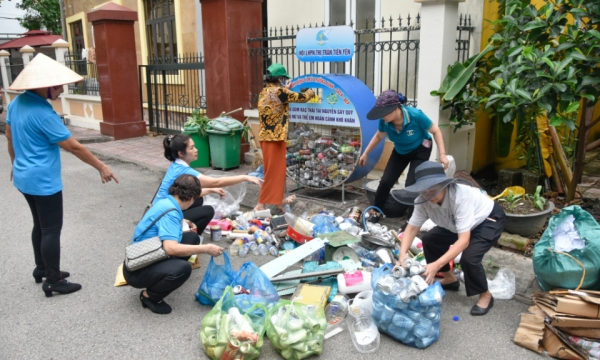




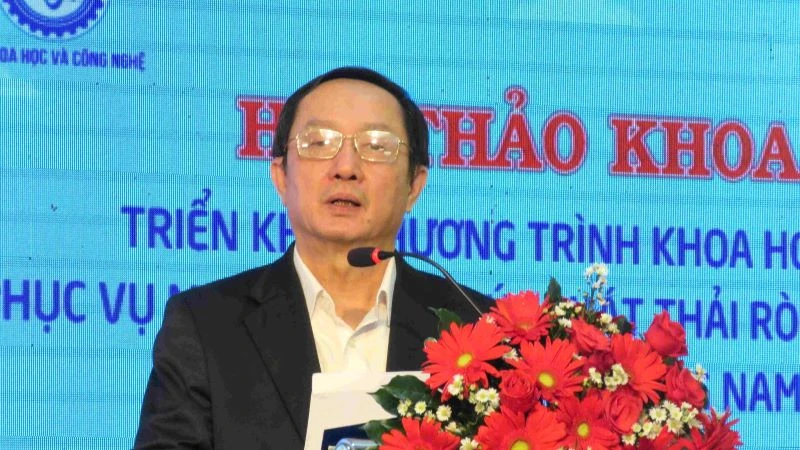



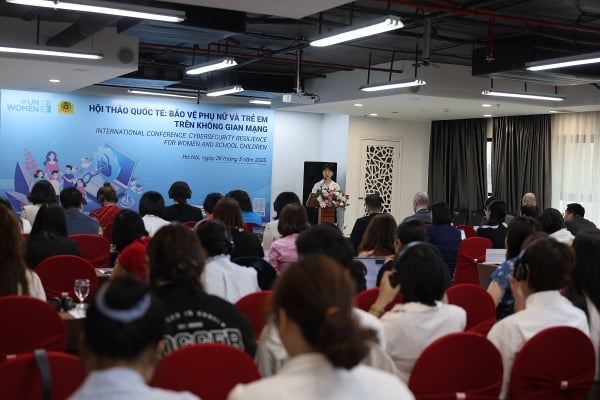
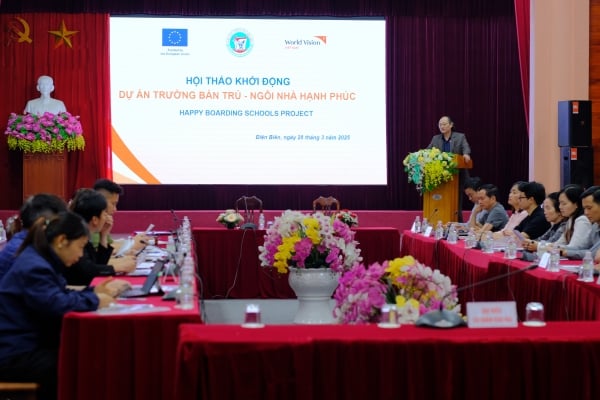
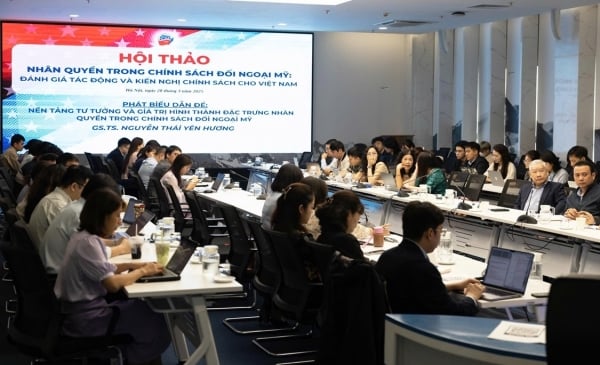



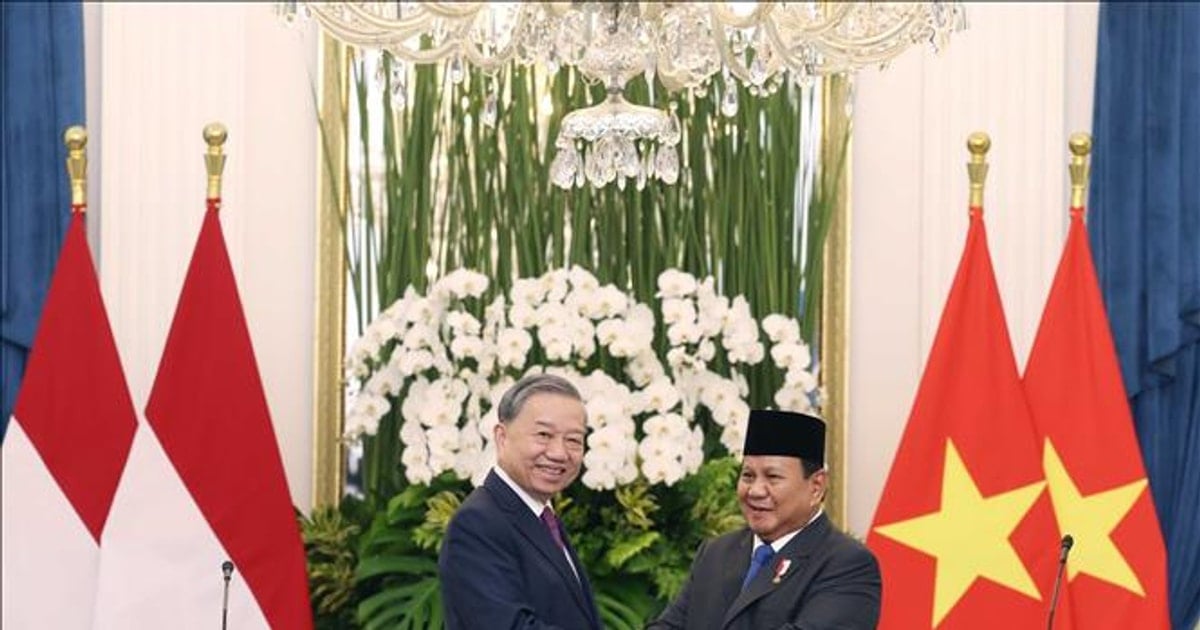


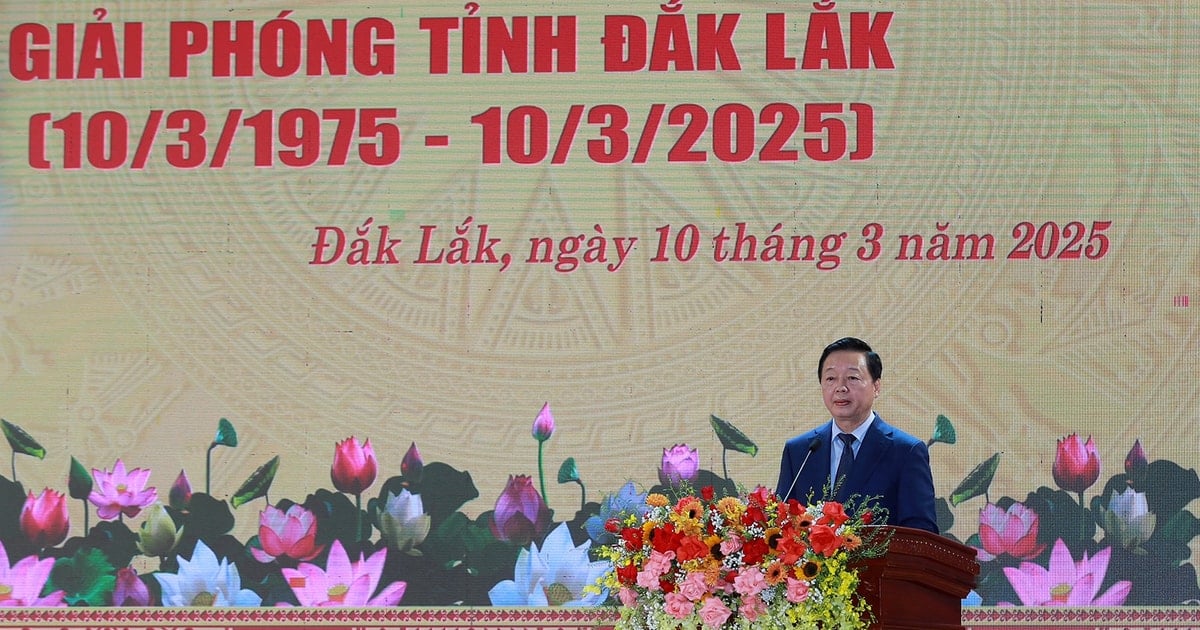
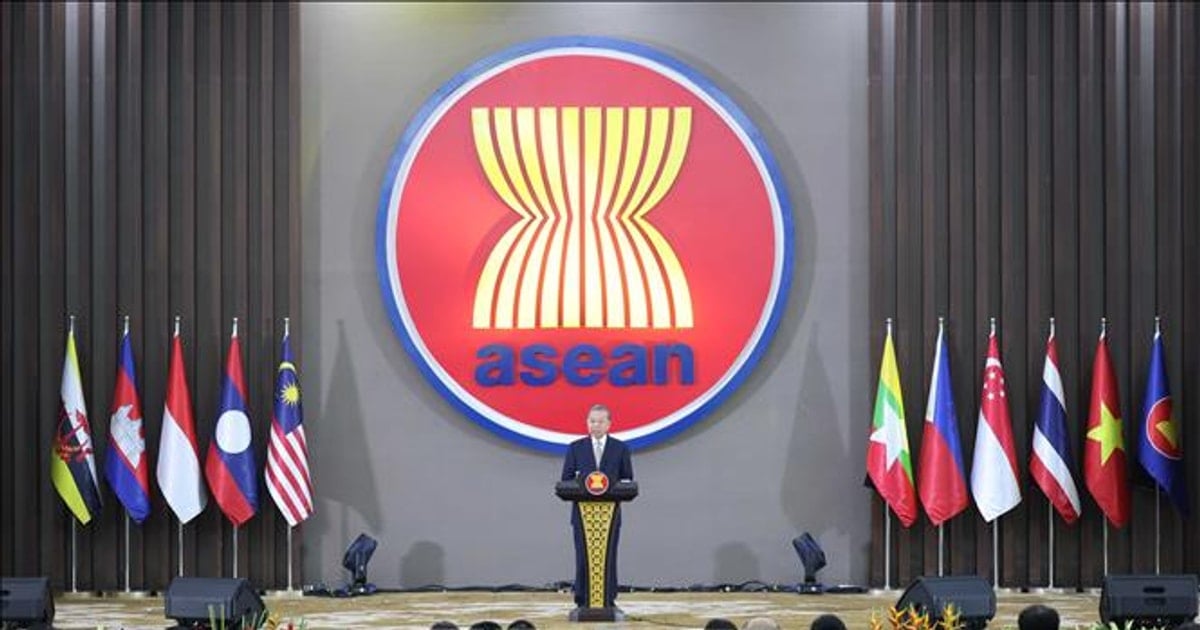
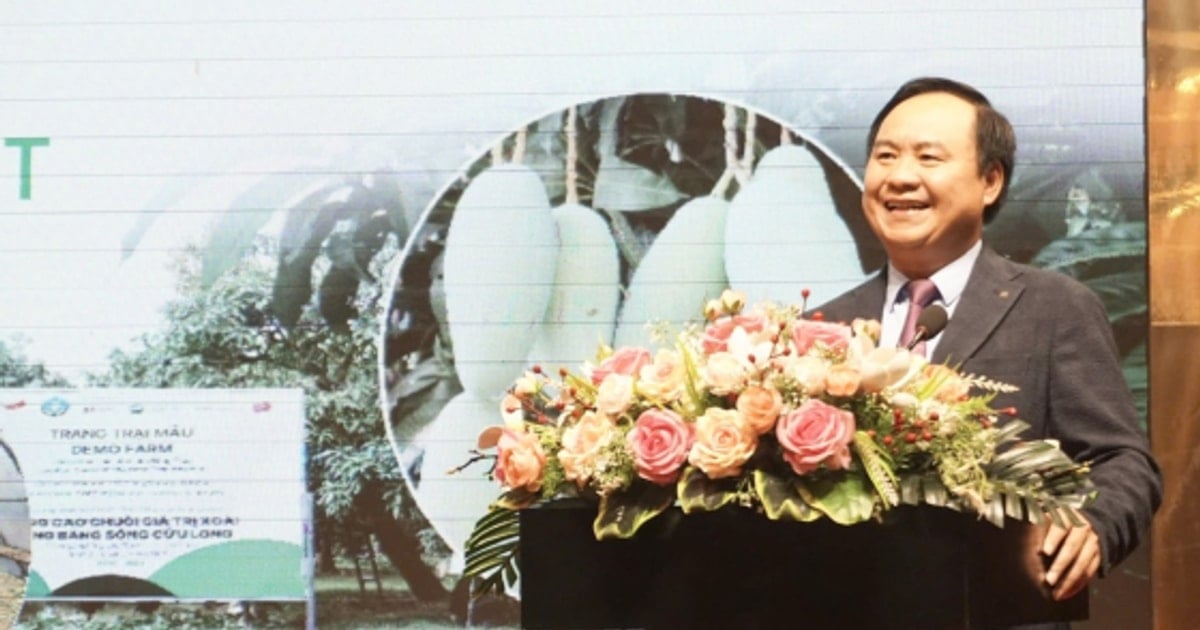
















































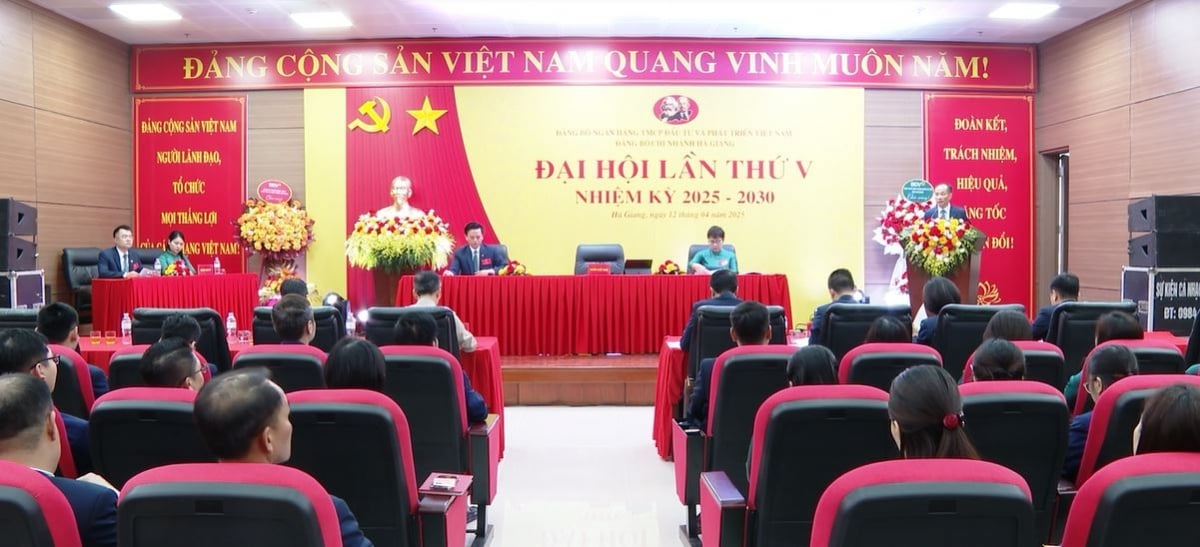












Comment (0)